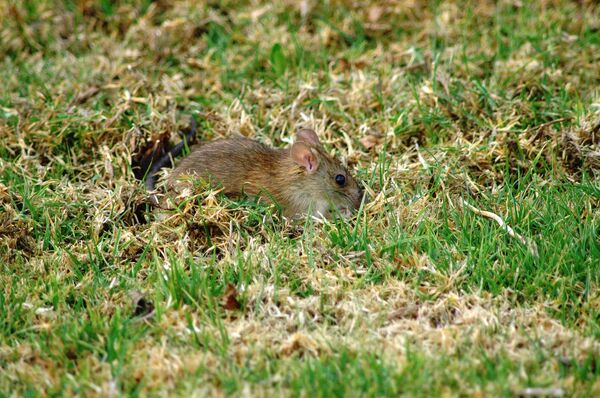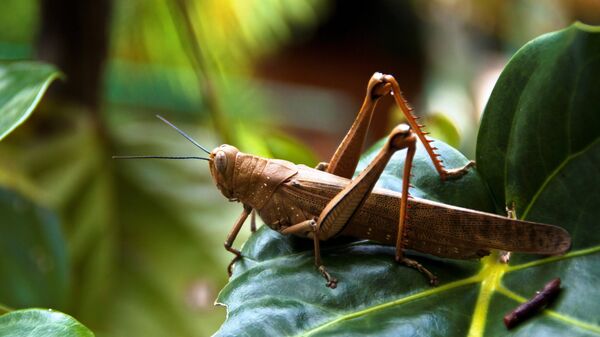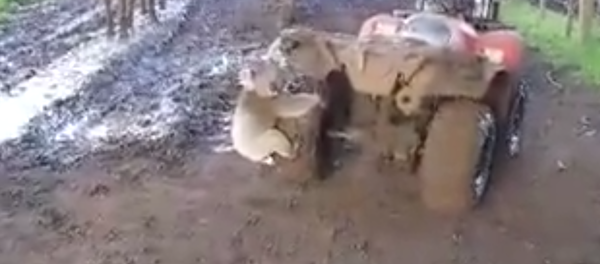It actually seems as though the whole continent had been created by mischievous Mother Nature as a colossal prank on humankind.
Worse yet, sometimes Mother Nature turns against the human inhabitants of Australia with sudden plague-like events that look like they've come straight out of the Bible's goriest chapters.
Here is a quick compilation of some of "Straya's" most egregious nature-related cataclysms.
Panic grass
Just in: the northeastern Victorian town of Wangaratta is in the process of fighting an untamable sea of straw. A wispy, invasive tumbleweed known as "hairy panic" has started piling up in the streets and in front of houses (creating roof-high bales that block doors), and nothing seems to keep it at bay.
Keep eye out for Hairy Panic after summer rain-can lead to liver damage & death in sheep. #dontpanic #weedid pic.twitter.com/5N9UJzcmiz
— Meridian Livestock (@MeridianLStock) February 1, 2016
While this weed is a familiar sight in Wangaratta, it has never been so resilient or appeared in such great numbers.
#Wangaratta #Australia is fighting "hairy panic grass", result of neglected farmland & above average #Summer temps pic.twitter.com/n2qIwr0maF
— Graham Penrose (@GrahamPenrose2) February 18, 2016
Luckily, the city council said the risk of "panic balls" catching and spreading fire is relatively low.
Cane toads
This invasive amphibian has been ransacking the country's fields since the 1930s. But the situation really turned nasty in 2014, when the toads went on a hunger spree in the rural areas of North Australia.
Scary how abundant the introduced Cane #Toad (Rhinella marina) is at the moment in northern #NSW, #Australia. pic.twitter.com/0YOffIwgta
— Jodi Rowley (@jodirowley) February 6, 2016
Scientists failed to stop them, and farmers had to try and save the little they could from the croaking horde.
The really notable and strange thing is that Australia's badass deathly fauna cannot keep this bunch of toads in check.
Field Mice

Therefore, mouse invasions are pretty frequent on the continent.
The most infamous one occurred in 1993, when half a billion field mice assaulted the south of the country, destroying 500,000 tons of wheat in the fields. The event was so massive that it was mentioned in the Guinness Book of World Records.
Locusts
A classic straight from God's playbook. A particular species of locusts — native of Australia — are so violent and fertile that they have been simply christened as the "plague locust".
They have been prone to invade the East of the country for centuries — the first significant plague was recorded in 1844, and the most recent one in 2010. Due to climate change, though, the frequency of their forays has increased over time. Damages to agriculture are usually in the range of millions of dollars.



